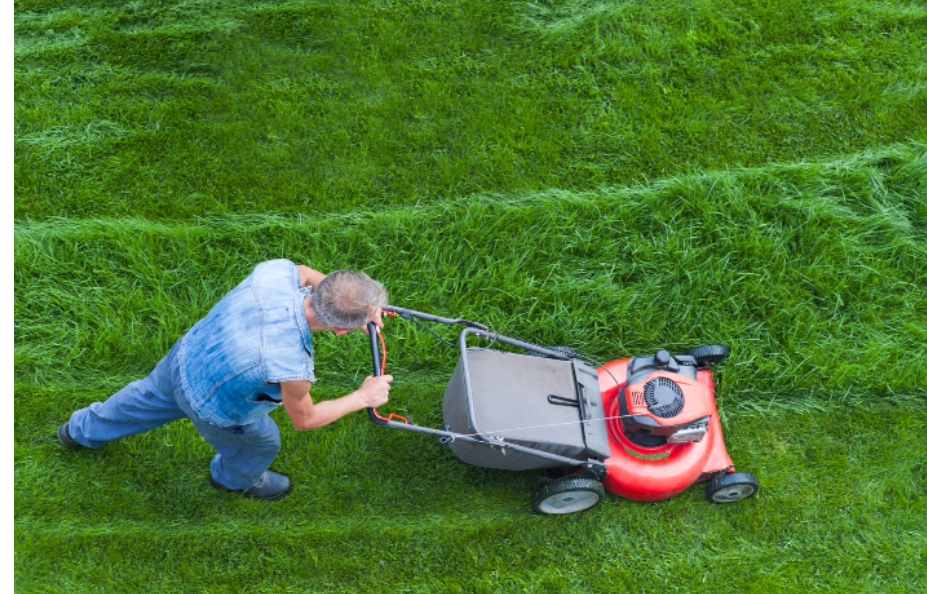Renting a sewer camera is one of the smartest things to do when inspecting underground pipes. Whether you’re a contractor, maintenance crew or homeowner tackling a big plumbing job, having the right tools makes all the difference. A sewer camera allows you to see inside pipes without digging, saving you time, effort, and money.
But before you jump into a sewer camera rental, you should know a few things. Choosing the right equipment, understanding how it works and knowing what to expect during the rental process can save you frustration and costly mistakes.
That’s where this guide comes in. It breaks it down into simple terms so anyone, regardless of experience, can feel comfortable renting a camera.
Understanding What a Sewer Camera Does
First, a sewer camera is like a set of eyes that goes underground. It lets you see what’s happening inside your pipes without digging anything up. This powerful tool attaches a small camera to a long, flexible cable. That cable is then pushed or driven through the pipe. As it goes forward, the camera sends back live video to a screen so you can see what’s inside the pipe.
This is super useful for many reasons. It helps find clogs quickly, identifies cracks or broken sections, and detects invading tree roots. It’s also a great tool during construction, inspections, or repairs. Some sewer cameras are basic, while others have built-in lighting, laser measurements, pan and tilt heads, and remote-control navigation.
When you choose a sewer camera rental, you can get high-end technology that delivers clear images from deep and dark pipes. This helps you work faster, save money, and prevent small issues from becoming big, expensive problems.
2. Knowing What Type of Camera You Need
When looking at sewer camera rental options, you need to know that not all cameras are created equal. Each is designed for a different job; choosing the right one will make your inspection smoother and more effective. Some cameras are perfect for simple bathroom or kitchen drain checks. Others are built for bigger, more demanding jobs, like city main lines, industrial steam lines or underground utility systems.
If you’re working with wide or long pipes, a crawler camera might be the way to go. These cameras are mounted on wheels and can travel deep into long pipe runs. They’re tough, built for rough environments, and often come with features like powerful lighting, rotating camera heads and remote-control steering to navigate bends and obstacles.
On the other hand, if your job is shorter or narrower pipes, a push camera might be all you need. These cameras are manually fed into the pipe and are perfect for quicker, smaller-scale inspections. Many are battery-powered so that you can use them in remote or hard-to-reach places.
3. Checking the Features That Matter
You’ll come across many technical terms and specs when you rent a sewer camera. It can be overwhelming initially but understanding a few key features will make the decision much easier. These features matter during the inspection and can significantly affect how smoothly the job goes.
First, consider the camera quality. A sewer camera should give you clear video to see small cracks, hidden leaks or blockages. High video quality means no guessing and a more accurate inspection.
Next, think about lighting. Pipes are dark and often debris-filled, so a camera with built-in lights is necessary. Good lighting shows more detail to see what’s happening in the pipe.
Cable length is another big factor. If you’re inspecting a long pipeline, you’ll need a camera system that can reach far enough. Some cables are designed to go hundreds of feet, which is especially helpful for deep or hard-to-access areas.
4. Understanding How the Rental Process Works
Renting a sewer camera is easy, but it is good to know how it works to plan. Choose your camera first. Once you’ve selected the right tool, request a quote. Many can be shipped on the same day or overnight if you’re on a deadline.
When the camera arrives, it’s ready to use. Most systems have everything you need—a camera, controls, cable and sometimes a monitor. Many come with easy-to-follow instructions. If you’re still unsure, technical support is usually available to help you set it up or use it.
After you finish the job, pack up the camera and send it back. That’s it. The sewer camera rental process is designed to be fast, flexible, and user-friendly for short-term projects and emergency inspections.
5. Getting the Most from Your Sewer Camera Rental
To get the best results, a little prep goes a long way. Clear the area where you’ll be working. That makes the setup easier. If the camera uses power, have an outlet nearby or charge the battery.
Once it’s on, take your time with the inspection. Go slow through the pipe. Look closely at the screen. If your camera can record, make sure you save the footage. That will help with future work or when showing the results to a client or inspector. If you run into trouble, don’t worry. Technical support is usually available to walk you through issues or offer tips on using the camera better.
Also, the rental gear should be treated with care. These cameras are tough but still need to be handled gently. That way, you avoid damage charges, and the next person will get a working tool. Your sewer camera rental will work best when used with focus and care.
Final Thoughts
Rent a sewer camera and stress less. It’s easy. It’s cheap.
And when you rent from a trusted source, you know you’re getting good gear. The key is knowing what you need, how to use it, and taking time. Whether a big pipeline job or a quick home fix, the right sewer camera makes all the difference.




